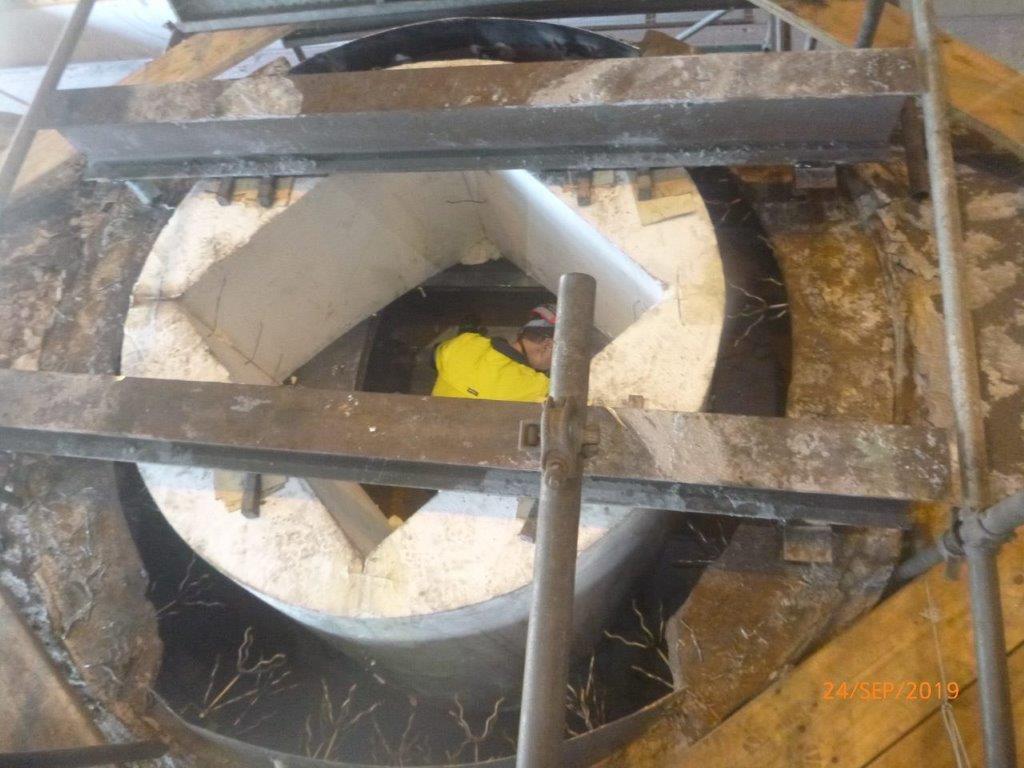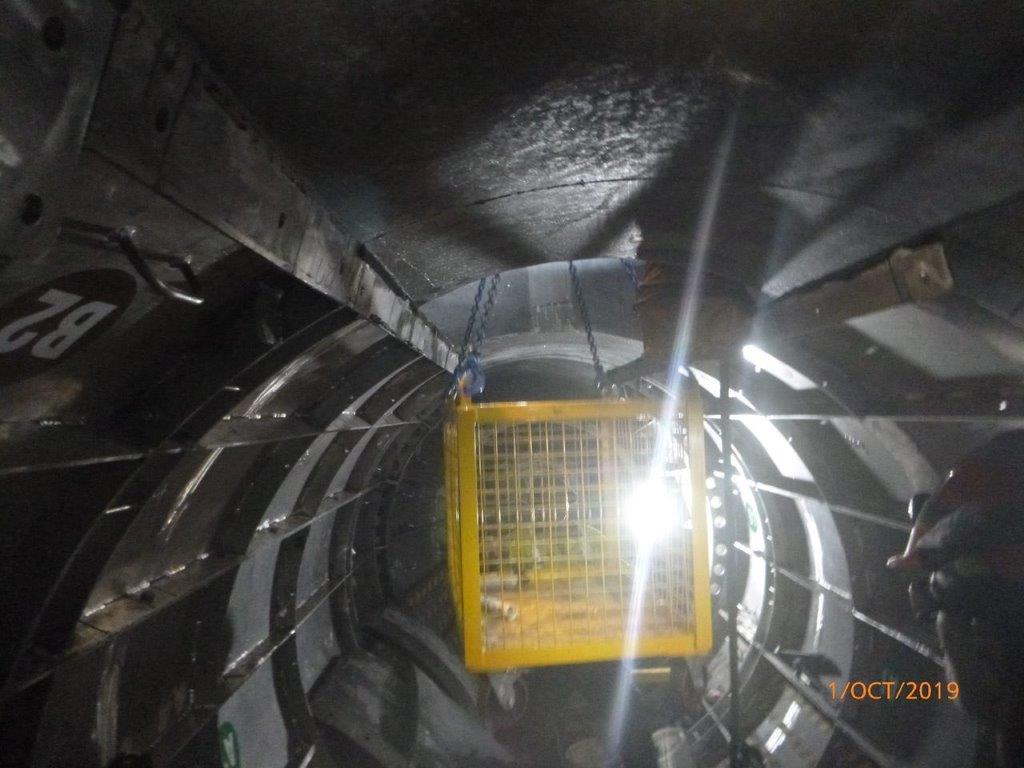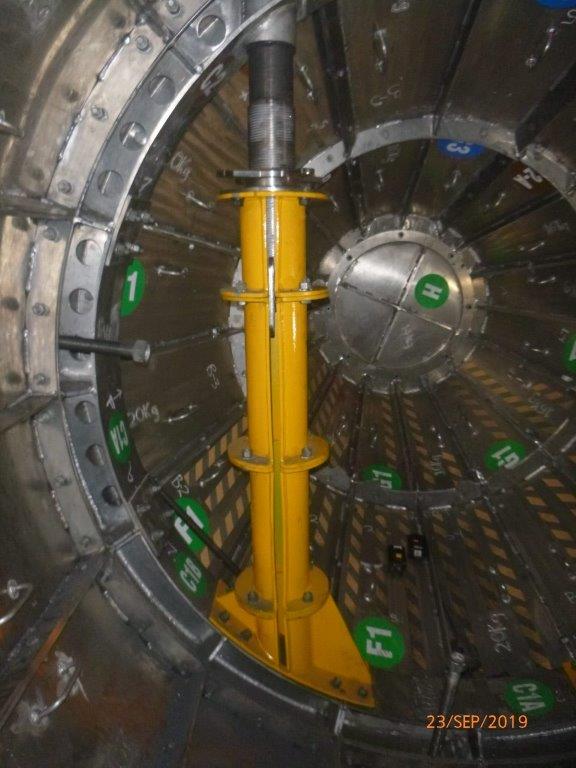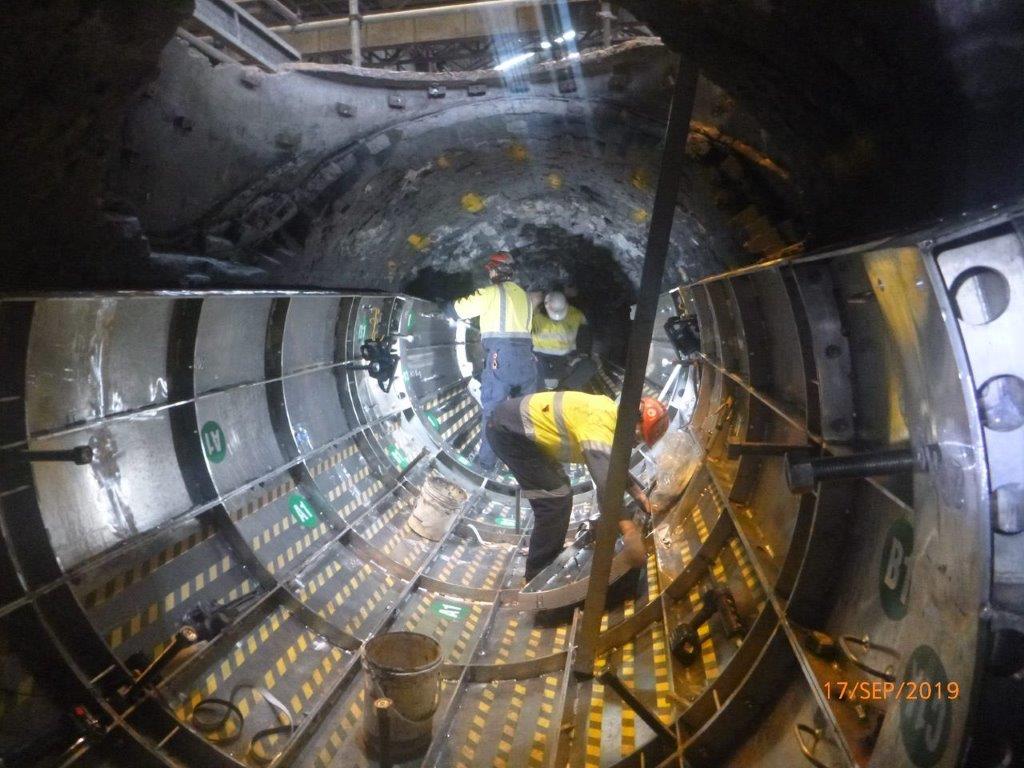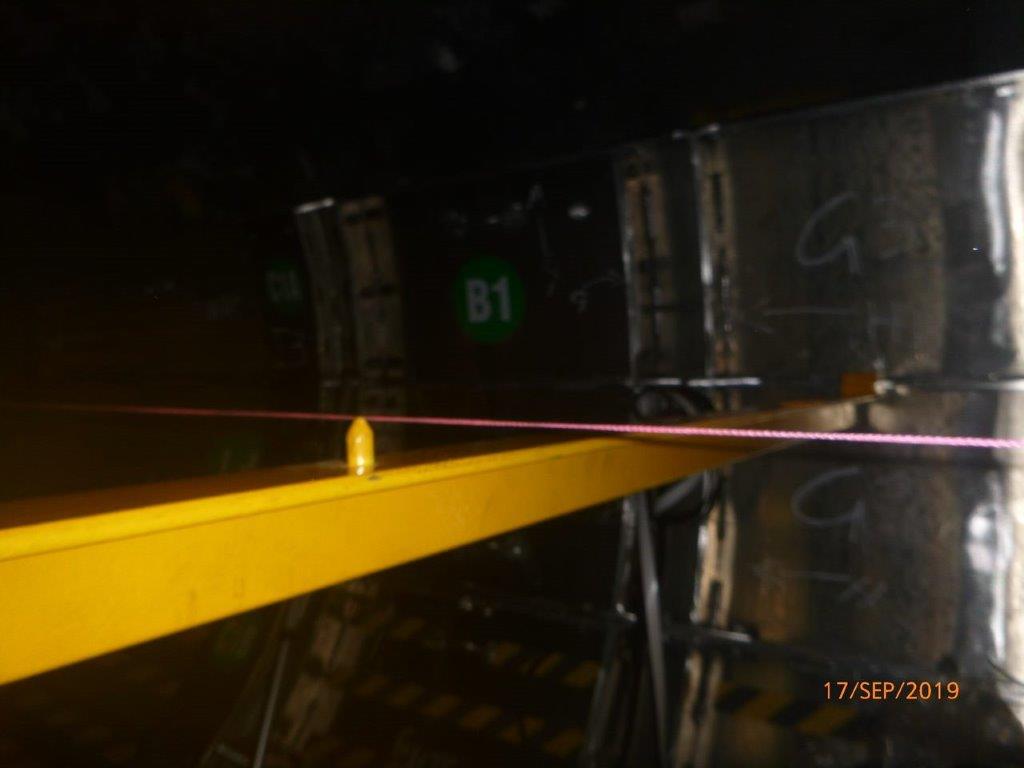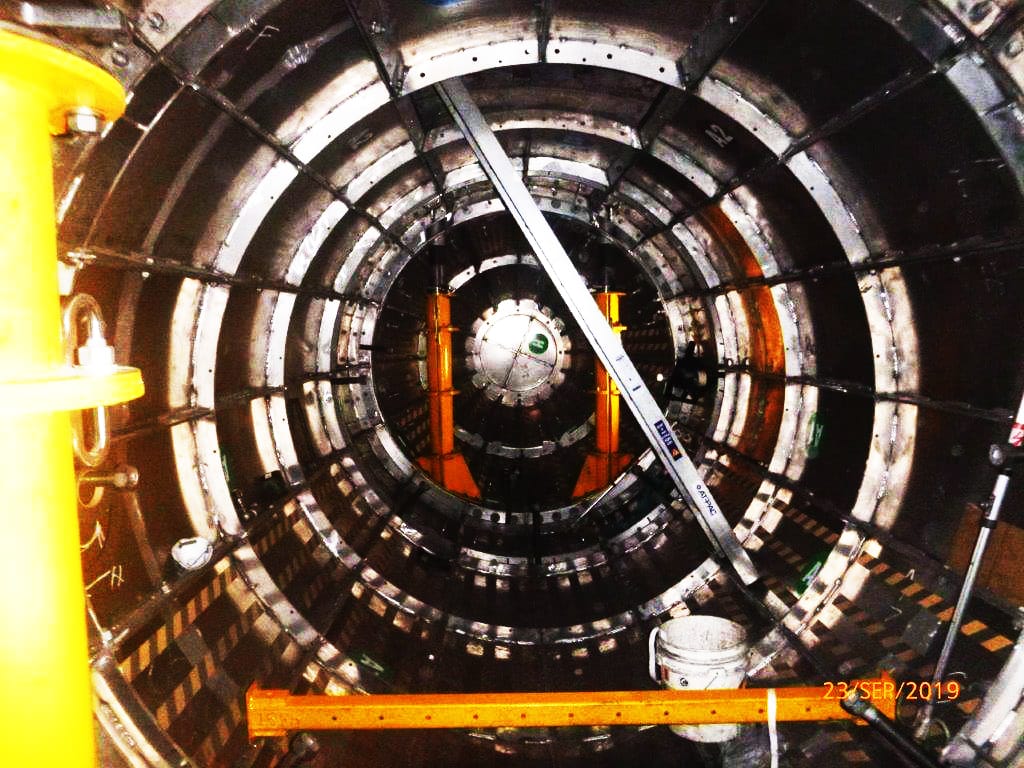
Soto and BlueScope have once again forged a new innovative solution that will create value, improve safety for personnel and reduce costs to an essential part of the steelmaking process. The relationship between the individuals in each respective company enables them to trust one another and work together to produce leading industry solutions to a problem that has existed for decades.
This is the story of how creativity, innovation and a passion for everything engineered resulted in a solution that will be shared throughout the steel industry.
Port Kembla Steel Works was facing a need to make it easier and safer to repair the refractory lining of its fleet of Torpedo Ladles. Despite its naval warfare connotations, a ‘Hot Metal Torpedo’ is actually a container that looks like a submarine torpedo but is essentially designed to make it easier to move molten iron from the blast furnace to the steelmaking area of the plant. The metal is transferred from the Torpedo into a Hot Metal Ladle for converting iron into steel. Because of the need to be heat-resistant to a temperature of 1500°C, the steel outer casing of the torpedo is refractory lined to withstand these very high temperatures. But the thermal cycling and shock of filling and emptying the vessel on a constant and frequent basis causes damage to the critical refractory lining, making it necessary to carry out regular repairs and sometimes complete relines. The repairs usually involve a gunning refractory that patches damaged areas in the original refractory lining and brickwork. But gunning has limitations: it’s labour-intensive and cannot apply thick enough applications of the repair material for sufficient life extension of the torpedo vessels.
An idea that had been discussed over decades was the use of a veneer former to create a cast-in-situ lining for the torpedo ladles, as this process applies a veneer of refractory material and does not require that the damaged brickwork be removed. The concept had never been adopted due to many reasons and excuses as to why it couldn’t be done. One ever-so-persistent engineer at BlueScope once again raised the idea with his colleagues, and this time convinced them that the option was worth exploring and that the benefits would be significant to the operation. Engineers love nothing better than solving problems – especially if they are told it is impossible!
The BlueScope engineers turned to the imaginative and creative team at Soto Consulting Engineers to give them an impossible problem to solve. Soto has proven expertise in refractory lining and custom solutions for all types of extreme temperature vessels (Blast Furnace, Kilns, Calciners, Coke Making, Sinter Plants). Soto got to work right away on a custom veneer former design that would easily be fitted to the internal space of the torpedo ladle to provide the basis of what would be the new repaired lining.
We worked closely with Allfab and the BlueScope team to design and manufacture a single veneer former that can repair all the torpedo ladles at the plant, despite some variations in the ladle dimensions. This carefully engineered accommodation in the design came at a minimal sacrifice of only 16t of carrying capacity compared to a newly bricked ladle.
This would not only bring the ladle lining close to its original form, but also significantly cut the repair cycle. While the old repair process needed gunning to be applied after each ladle had carried 60-70 kilotonnes of hot metal, the veneer former would extend the cycle to 100-130kt of metal carried. The overall project objective was to increase torpedo ladle refractory life to 950,000 iron tonnes and reduce the number of mechanical overhauls required by 2.95 per year per ladle. This would drastically reduce shutdown times, leading to improved productivity and safety for PKSW.
Our high-quality design work, in collaboration with our client and suppliers, reduced the predicted number of repairs over the refractory lining life cycle from 10 repairs to 6 repairs. The overall availability of the BlueScope PKSW torpedo ladle fleet has increased. The reduced repair cycles have significantly brought down the number of thermal cycle events over the refractory life cycle of the ladle.
It was a pleasure to deploy our ‘Everything Engineered’ philosophy for BlueScope PKSW to deliver results within their business: enhanced safety and productivity and, in turn, improved profitability.



